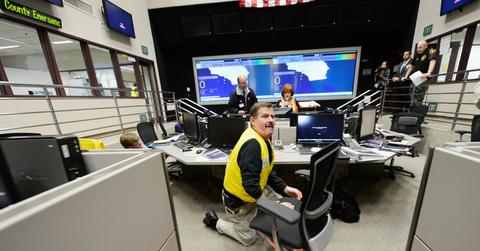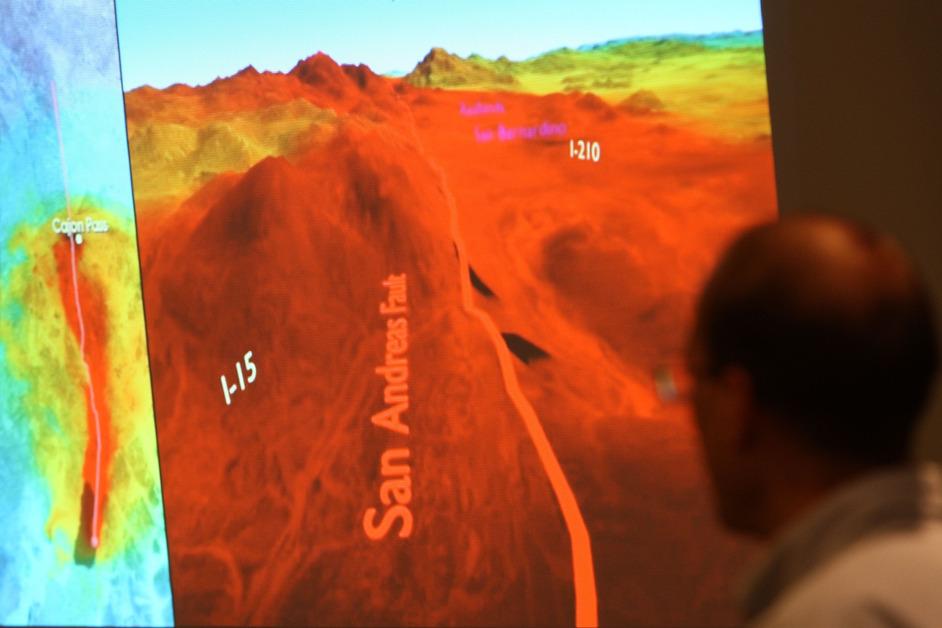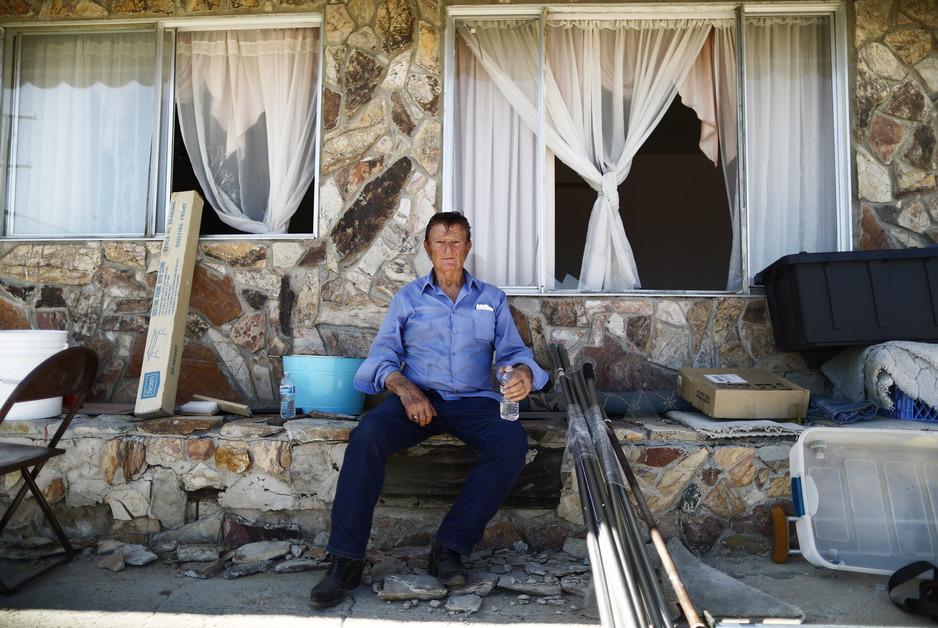Loma Prieta: The 1989 Earthquake That Shocked California Forever
Updated Jan. 26 2023, 12:51 p.m. ET

On Tuesday, Oct. 17, 1989 California shook for 15 seconds. In Santa Cruz, the Pacific Garden Mall fell to crumbles, the Bay Bridge collapsed on itself, and in Candlestick Park, the third game of the World Series was called off as people fled the shaking.
The 6.9 magnitude Loma Prieta earthquake was felt as far as Nevada, and 33 years later, we are reminded that part of our relationship to the earth is how we ride out these natural disasters.
The Loma Prieta earthquake took place along the San Andreas Fault.
The San Andreas fault is central to this story, and much of the earthquakes in California. It is the transform fault or sliding boundary between the Pacific Plate and the North American Plate. It slashes through California all the way from Cape Mendocino into Mexico. It appears as a harrowing desert scar.

As a transform fault, the plates are often moving. But every once in a while, they don’t move at all. Pressure can then build up, which can cause rocks to break and plates to shift. This is a huge trigger for earthquakes.
The Loma Prieta earthquake was a historical one, measuring in at a 6.9 magnitude. It spurred the start of the Seismic Hazards Zoning Program (SHZP), largely due to the failed ground response. It also made the majority of California realize that it needs to be better prepared for natural disasters of the like.
The California Geological Survey (CGS) then proceeded to identify places vulnerable to liquefaction, landslides, and amplified shaking to mitigate future seismic impacts.

The wake of Loma Prieta:
Unfortunately, the earthquake left 67 people dead, 3.757 injured, and 12,053 displaced. Damages cost the state as much as $6 billion.
But the aftershocks were the worst part. The term "aftershock" is common in the realm of earthquakes. It means exactly what you think, but it’s often worse than you would expect.
The aftershock is any tremor after the main shock, which is often smaller in magnitude but still sharpens existing damages. The strangest part is aftershocks can occur weeks, months, or even years after the main shock.
Loma Prieta had thousands of aftershocks, and about 20 of them had a magnitude of at least 4.0.

In 2019, on the anniversary of Loma Prieta, the San Francisco Chronicle shared stories from those that experienced the earthquake. Charles Eadie, the former chairman of the Santa Cruz Chamber of Commerce, recalled: “There was a huge cloud of yellow dust, spanning Pacific Avenue here… and.. that was it... this place is changed forever.”
On Oct. 18, the New York Times front page read: EARTHQUAKE IN NORTHERN CALIFORNIA; VIOLENT QUAKE HITS NORTHERN CALIFORNIA, HUNDREDS DEAD, DISASTER SCOPE UNCLEAR, HIGHWAY AND BAY BRIDGE’S DECK COLLAPSE.”
Loma Prieta was a severe natural disaster that took a major toll on several communities, and quite literally took the world by storm. Even though the main shock lasted a mere 15 seconds, the lasting torment is that we are always prey to the acts of nature.
This article, originally published on Oct. 24, 2022, has been updated.